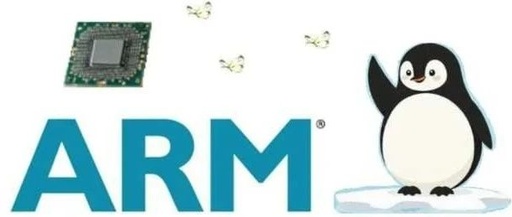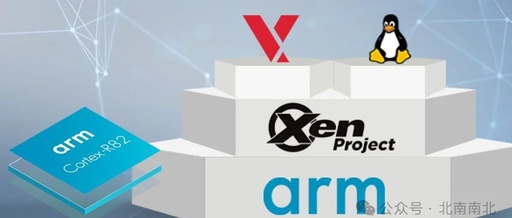Debugging nRF9160 Zephyr Applications with Ozone
Ozone is a free embedded software debugger from SEGGER. It is a powerful tool that allows you to gain deep insights into what is happening within embedded systems. It is particularly useful when debugging nRF9160 Zephyr applications. Organizing multiple threads and multi-image builds can be challenging, but this is the tool you want. In our … Read more









